A Reader (lost yer email, sorry) sent me this little look at The Most Odd-Looking Vintage Muscle Cars Ever Made. I have several problems with said list, mostly because more than a few of the cars cannot be termed “muscle” cars by any stretch of the imagination, e.g. the Heinkel Kabine of the late 1940s:
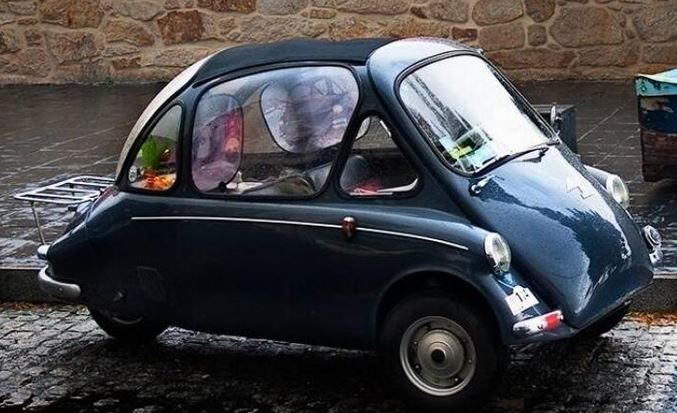
…which featured a 174cc engine which generated 9hp. That’s “muscular” only if you’re a Gen Z snowflake or an eco-moron.
Of course, there are a few strange ones on the list, but I have to say that more than a few did catch my eye, and I would have no problem owning / driving one of them, even today. Here they are:
BMW Z1 (early 1990s)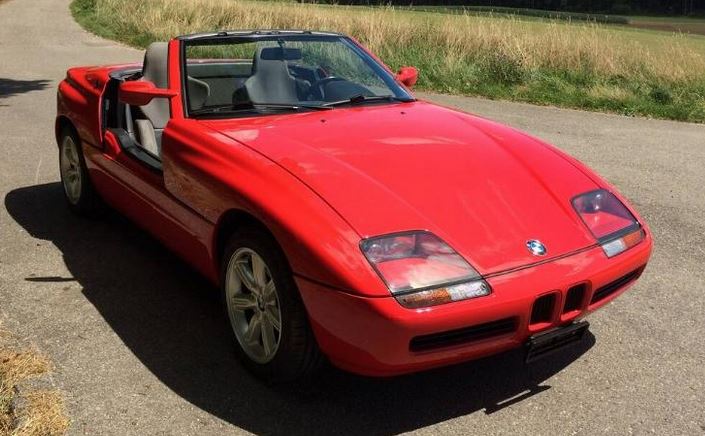 Sorry, but that’s just lovely. The retractable doors (!!!) make it strange, but I’d still take one in a heartbeat.
Sorry, but that’s just lovely. The retractable doors (!!!) make it strange, but I’d still take one in a heartbeat.
E-type Jaguar (1960s)
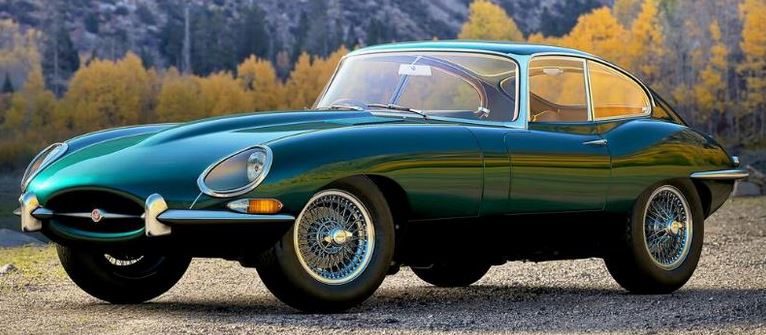
That’s not “odd”, you morons, it’s a classic. Even back then, it wasn’t odd, just beautiful (pace Enzo Ferrari, who knew a thing or two about the topic).
Lotus Europa (1970s)
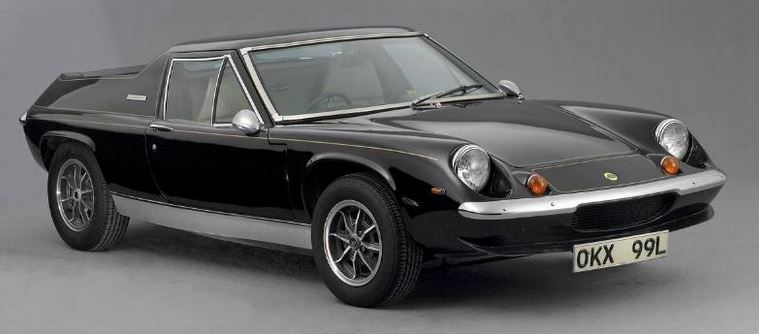
Yeah, it looks a little strange, but it handled better than any road car of the time. You could take corners at speeds that would have killed you in any other car.
Corvette station wagon (1970s) 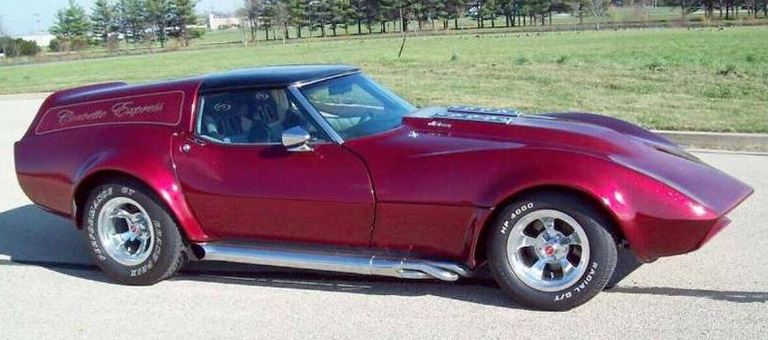
Yeah, I’d have one of these. It looks a little like the Europa, but it solves the perennial problem of “How do I fit both my girlfriend and my rifle/shotgun cases into a sports car?”
Toyota 2000 GT (1970)
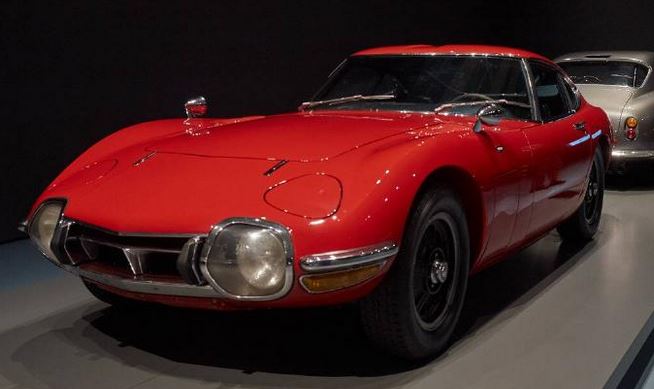
Sorry, but 150hp in a car that weighed almost nothing, handled like a dream and should never have ceased production? That’s not weird; the decision to stop making it was weird. Like the E-type, it was a classic.
The one that really caught my eye, however, was this one:
Buick Centurion (late 1950s)
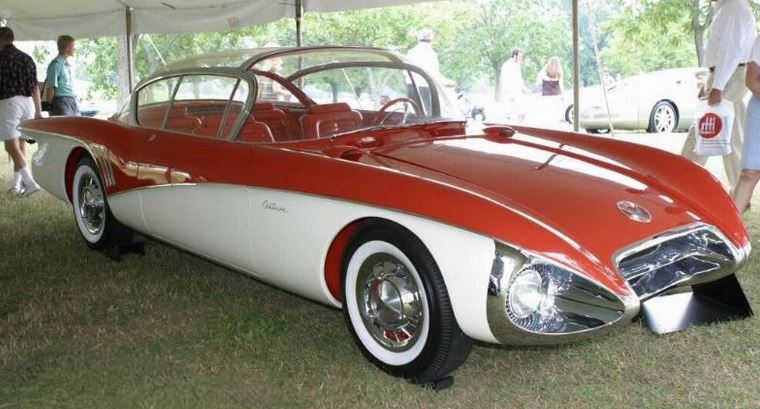
I think it’s glorious, not weird — and I’d take one in a heartbeat.
Feel free to peruse the others, and make your own choices in Comments if you want.
There’s also a list that contains some weird motorcycles, but to me they all look the same (like people in various non-European racial groups), so I couldn’t pass judgment.

I posted that link in one of your comment threads, but I don’t know whether you saw it there or someone else sent it to you as well.
The title is odd, certainly. I just thought the appearances of the vehicles (none look like squashed jellybeans or Elon’s geometric extrusions) might interest you.
Agree about the Jag. Poetry in motion.
A road-going dream based upon the lines of the XK-D, that only won LeMans three years in a row.
Well, first of all the term “musclecar” has a very specific meaning and definition. An American produced mid-sized sedan with a larger, more powerful engine installed than what is normally offered for that car class.
For example, in 1966 Ford’s Mustang wouldn’t be considered since it wasn’t mid-sized – it was a “pony car”. Ford’s Galaxie wasn’t either since it was full sized. Now the Ford Fairlane was mid-sized and normally came with a straight six or a small v-8. However it could be ordered with the larger 390 or even 427 engines. That makes the Fairlane a musclecar.
Over the years there’s been a lot of gray area added to that definition, but pretty much every car on that link (with maybe one or two exceptions) are NOT musclecars. Sports cars? Yup. Euro trash? Plenty on there. But not musclecars. Those top ten or top 100 lists are usually utter trash.
Sorry for the rant, still on the 1st cup of coffee.
Agreed. The Buick was a one-off made for the Autoshow circuit. The Corvette “wagon” was a Kit Car add on of marginal quality if you looked closely.
The Europa was a great car. A good friend and the Best Man at my first wedding had one. However, you needed to be less than about 5’8” and 120 lbs ( Jim Clark or Jacky Stewart sized ) with no need to carry anything or drive in the rain or snow. It lasted until a large Box Truck made a right turn from the center lane. The driver never saw the 42 inch tall Europa. George survived but the Europa was a pile of parts.
I liked em all.
Of course you did.